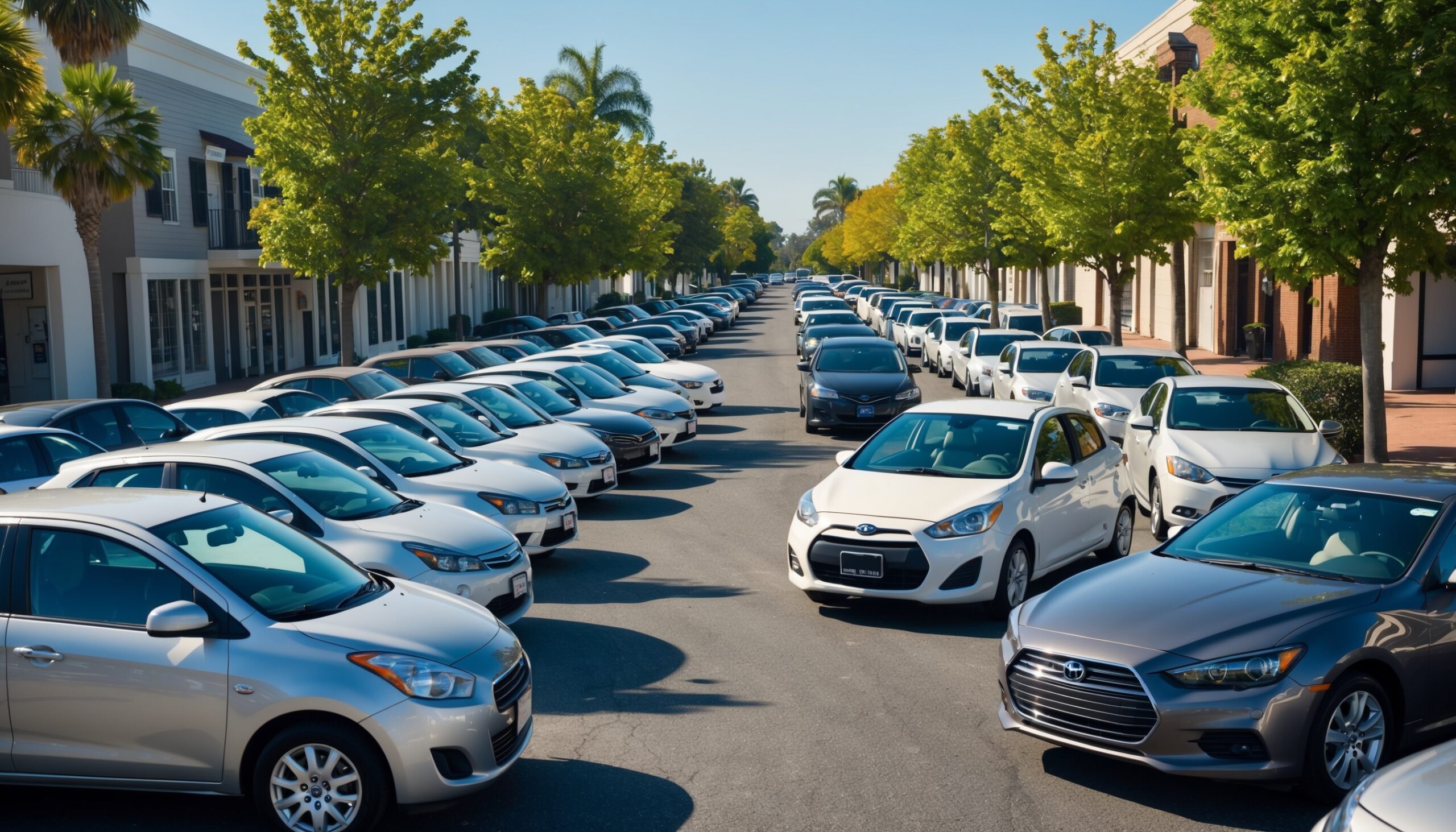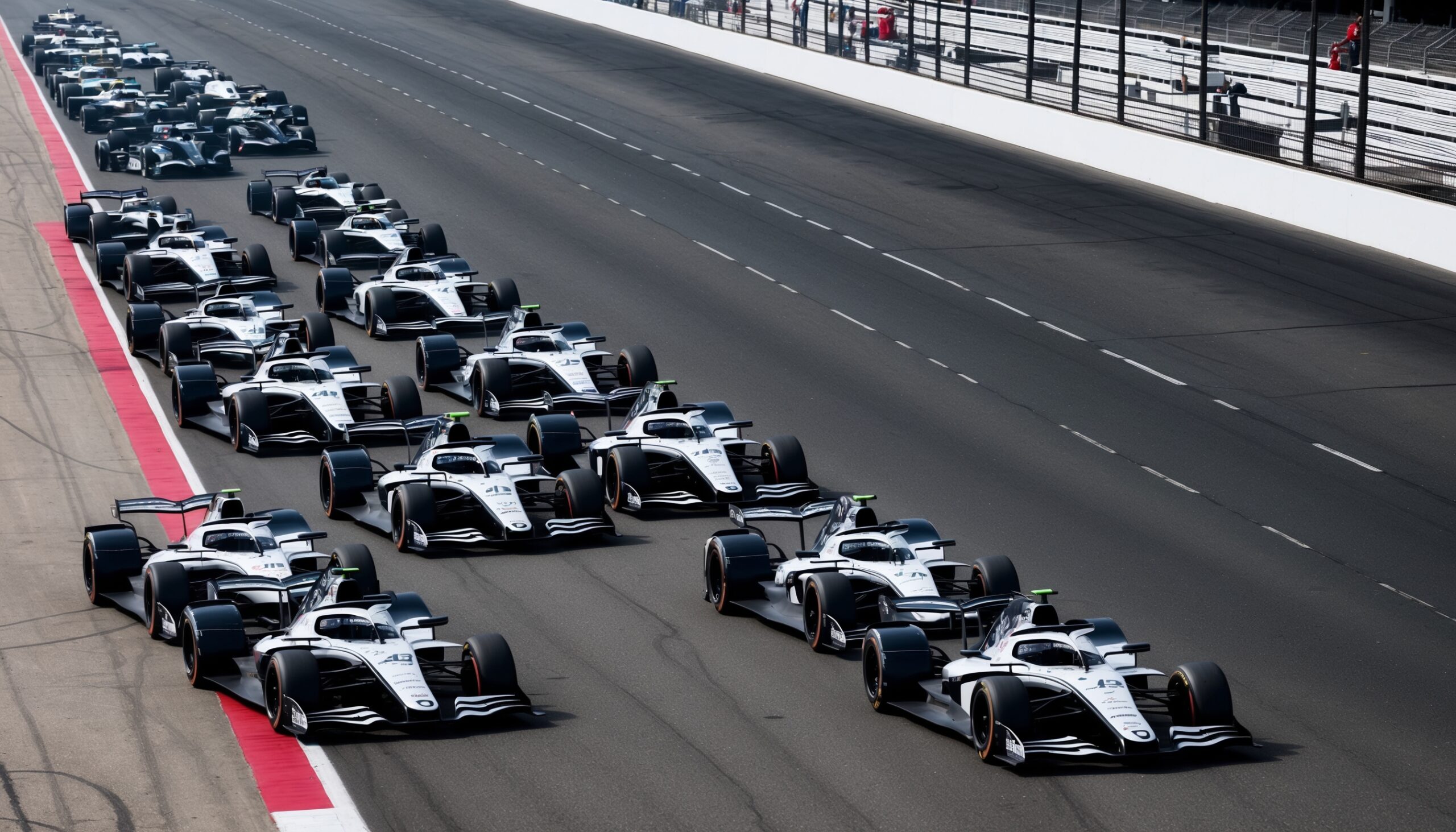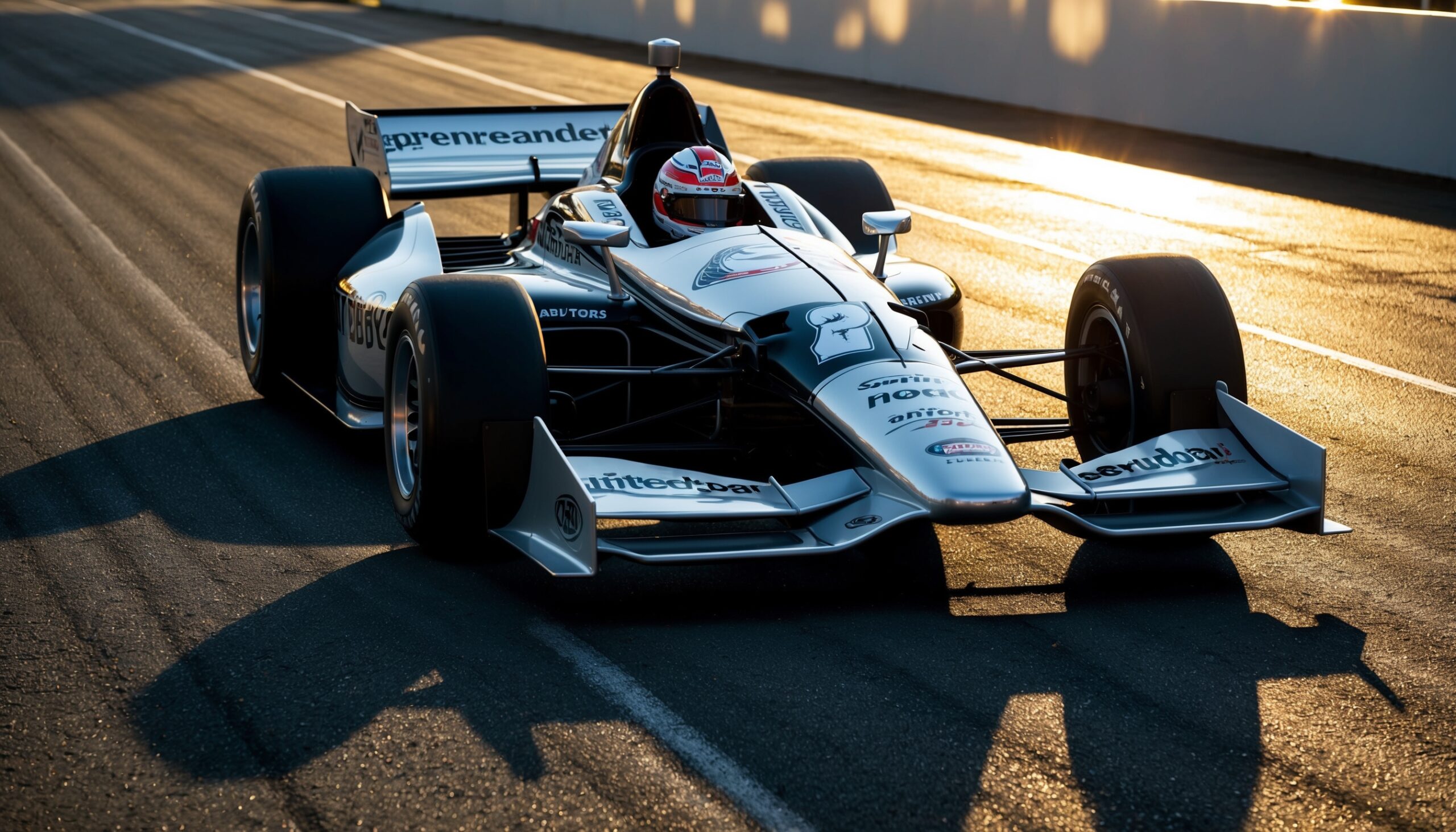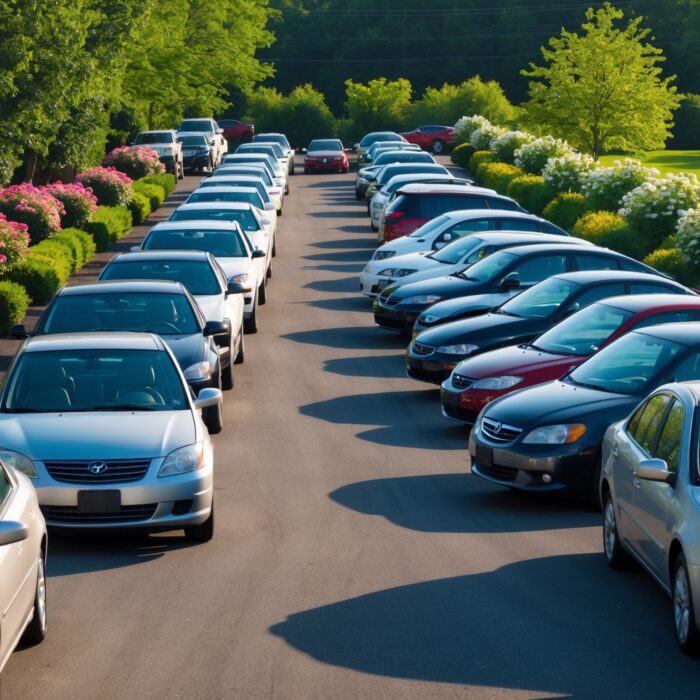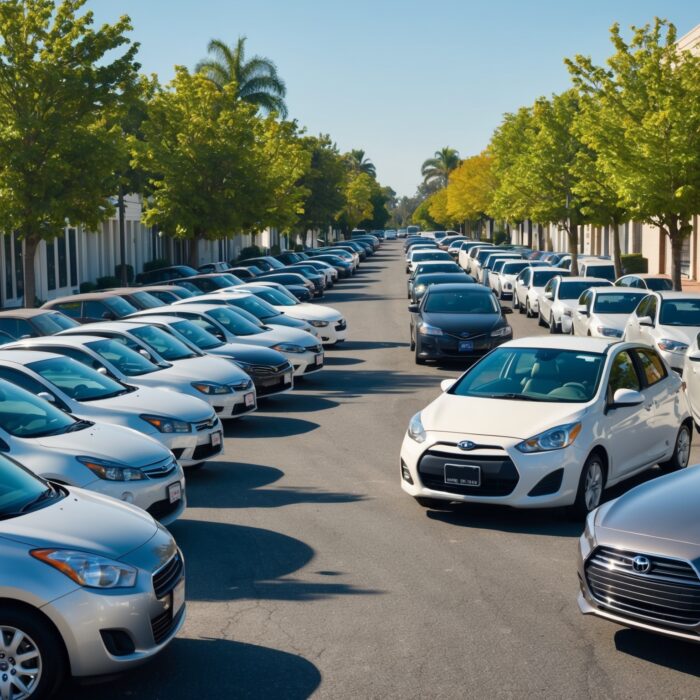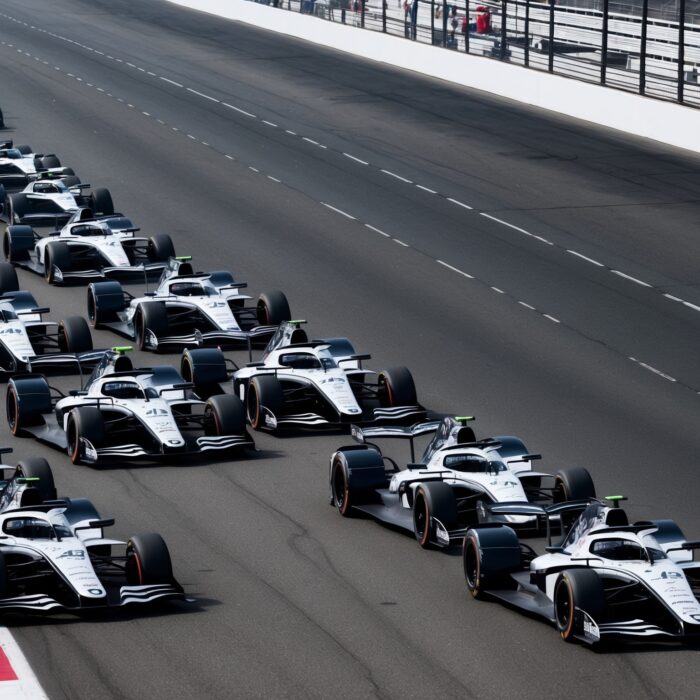China Looking to Partially Curb EV Acceleration
Electric vehicles (EVs) have taken the automotive world by storm, transforming the way we think about transportation. With their silent operation, impressive torque, and zero-emission credentials, it’s no wonder that consumers and manufacturers alike are flocking to this new frontier. However, as the EV market continues to expand, so too do the challenges and concerns associated with it. Recently, China, the world’s largest EV market, has proposed measures aimed at partially curbing the acceleration of electric vehicles. This move has sparked significant discussion among car enthusiasts, industry experts, and environmentalists alike. Let’s dive into the intricacies of this development, exploring the reasons behind it, its implications, and what it means for the future of the automotive landscape.
Understanding the EV Boom in China
Before we delve into the proposed regulations, it’s essential to understand the context of the electric vehicle boom in China. Over the past decade, China has positioned itself as a leader in the EV market. With a combination of government support, consumer demand, and advancements in technology, the country has seen an explosion in electric vehicle production and sales. According to recent statistics, over 6 million EVs were sold in China in 2022 alone, making up nearly 25% of the total vehicle sales in the country.
But what has fueled this rapid growth? Here are a few key factors:
- Government Incentives: The Chinese government has implemented various subsidies and incentives to encourage consumers to purchase electric vehicles, making them more affordable for the average person.
- Environmental Concerns: With air pollution becoming a significant issue in urban areas, the shift towards EVs is seen as a crucial step in combating environmental degradation.
- Technological Advancements: Improvements in battery technology and charging infrastructure have made EVs more viable and attractive options for consumers.
- Domestic Manufacturers: Chinese automakers like BYD, NIO, and Xpeng have emerged as serious players in the global EV market, pushing innovation and competition.
The Need for Regulation
Despite the positive aspects of the EV boom, there are growing concerns regarding the rapid acceleration capabilities of these vehicles. High-performance electric cars can go from 0 to 60 mph in mere seconds, which, while thrilling, raises questions about safety and regulatory measures. As these vehicles become more popular, China is beginning to grapple with the potential risks associated with instant torque and high speeds. Here are some of the concerns that have led to the proposed regulations:
- Safety Risks: With increased acceleration capabilities, there is a higher risk of accidents, particularly in densely populated urban areas.
- Infrastructure Strain: The current road infrastructure may not be equipped to handle the rapid acceleration and speed of many EVs, leading to potential hazards.
- Public Perception: As more consumers embrace EVs, ensuring their safety and reliability is crucial for maintaining public trust in these vehicles.

Proposed Measures to Curb Acceleration
In response to these concerns, Chinese authorities have proposed a set of measures aimed at partially curbing the acceleration capabilities of electric vehicles. While the specifics of these regulations are still being debated, here are some potential changes that might be on the horizon:
- Speed Limiters: Manufacturers may be required to implement speed limiters on EVs, effectively capping acceleration rates to ensure safer driving conditions.
- Performance Standards: New performance standards could be established, requiring manufacturers to adhere to specific acceleration benchmarks that prioritize safety over raw performance.
- Enhanced Testing Procedures: Stricter testing protocols might be introduced to ensure that vehicles meet safety standards before they hit the market.
Implications for Manufacturers and Consumers
The proposed regulations could have significant implications for both manufacturers and consumers. For automakers, especially those specializing in high-performance electric vehicles, these measures could necessitate a reevaluation of their designs and performance metrics. Some manufacturers may face increased costs as they adapt their vehicles to comply with new regulations. Others might pivot toward developing more family-oriented or safety-focused EVs, shifting the market dynamics.
For consumers, the regulations could mean a shift in the types of electric vehicles available on the market. While some enthusiasts may be disappointed by the prospect of limited acceleration capabilities, others may appreciate the emphasis on safety and practicality. It’s also important to consider that these measures could lead to innovations in performance that prioritize both thrill and safety.
Also Read: These Are Your Favorite Foods To Eat While Driving
Global Perspectives on EV Regulation
While China is taking the lead in regulating EV acceleration, it’s worth noting that similar discussions are happening around the globe. Countries like the United States, Germany, and the United Kingdom are also grappling with the implications of high-performance electric vehicles. Different regions may adopt diverse approaches to regulation, influenced by their unique market conditions, cultural attitudes toward speed, and safety concerns.
For instance, in the U.S., the National Highway Traffic Safety Administration (NHTSA) has been increasingly focused on establishing guidelines to ensure the safety of electric vehicles on the road. Meanwhile, Europe is known for its stringent automotive regulations, which may influence how manufacturers develop their EVs to meet safety and environmental standards.
Also Read: Australia's new cheapest electric car and SUV massively undercut the competition
The Future of Electric Vehicles
As we look ahead, the future of electric vehicles remains bright despite the proposed regulations in China. The push for sustainability, combined with technological advancements, will likely continue to drive innovation in the EV sector. While some might view the curbing of acceleration as a setback, it could also serve as a catalyst for new developments that enhance safety without sacrificing performance.
Here are a few trends we can expect to see in the coming years:
- Enhanced Battery Technology: As manufacturers focus on developing batteries that not only deliver performance but also ensure safety, we could see significant advancements that improve overall vehicle dynamics.
- Innovative Safety Features: Expect the introduction of advanced safety technologies in EVs, such as collision avoidance systems and adaptive cruise control, making high-performance vehicles safer to operate.
- Increased Public Awareness: As regulations evolve, public awareness regarding the safety of electric vehicles will grow, leading to more informed consumers who prioritize both performance and safety.
Final Thoughts from Torque Feed
As car enthusiasts, it’s essential to stay informed about the evolving landscape of electric vehicles and the regulations that accompany them. The proposed measures in China to partially curb EV acceleration reflect a growing awareness of the need for balance between performance and safety. While we might miss the thrill of unbridled acceleration, the ultimate goal is to create a safer environment for all road users.
As the automotive industry continues to innovate, we’ll witness the exciting and dynamic evolution of electric vehicles in ways we could only dream of a decade ago. Stay tuned to Torque Feed for the latest updates, insights, and developments in the automotive world, as we navigate this electrifying journey together!


